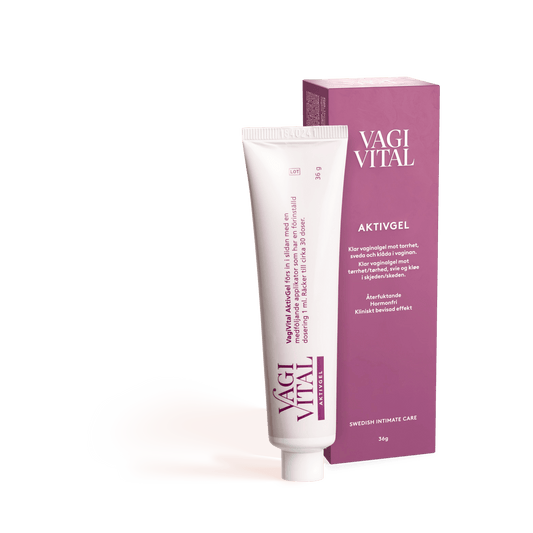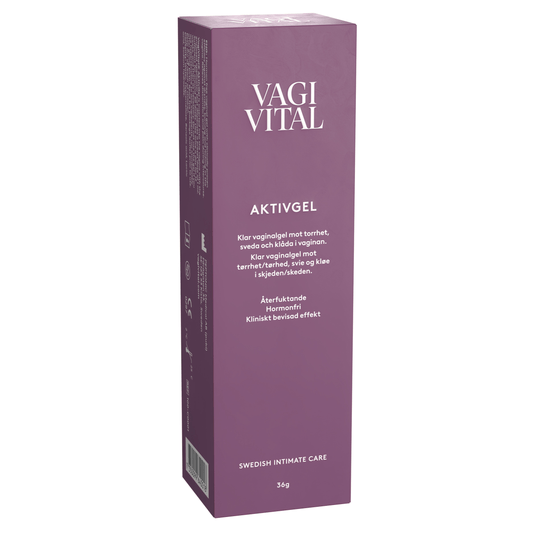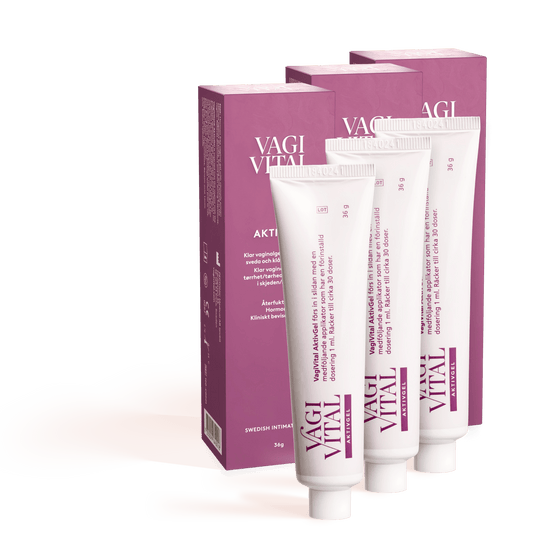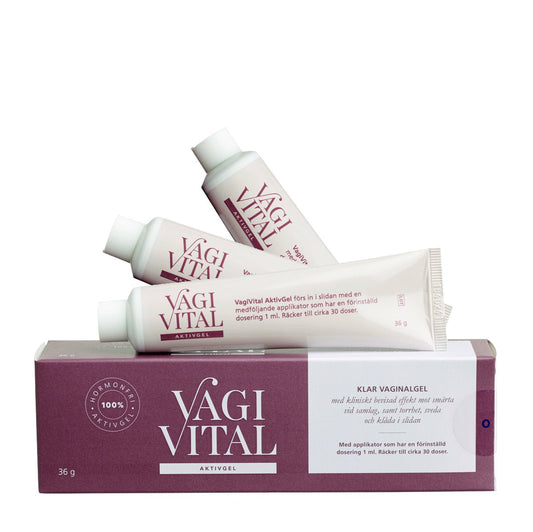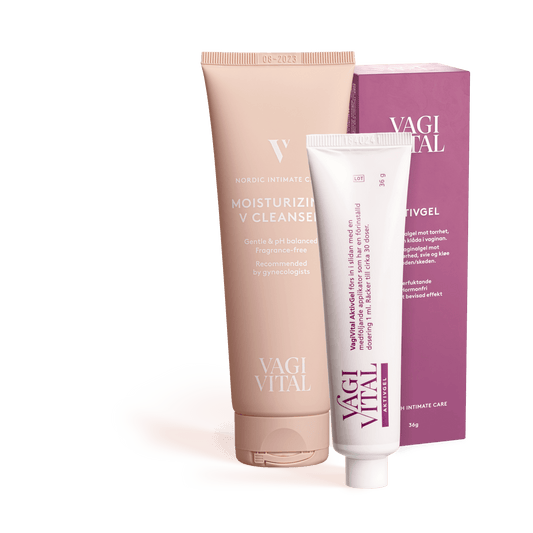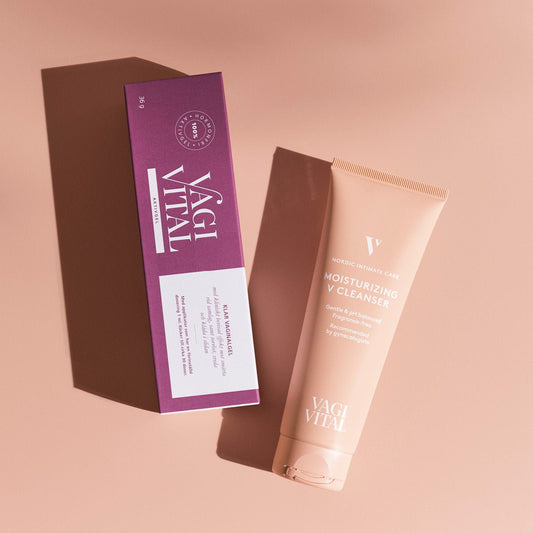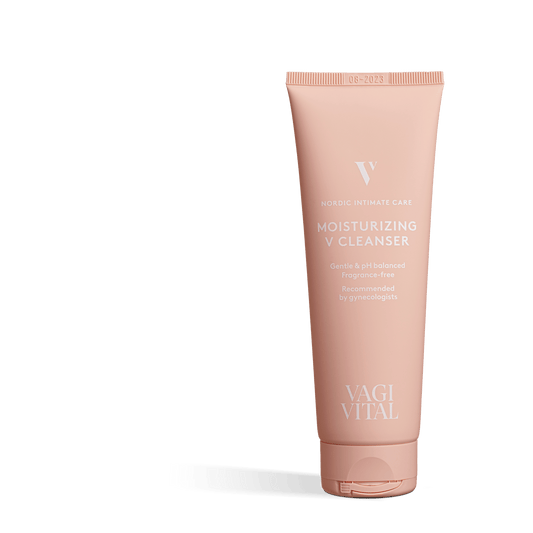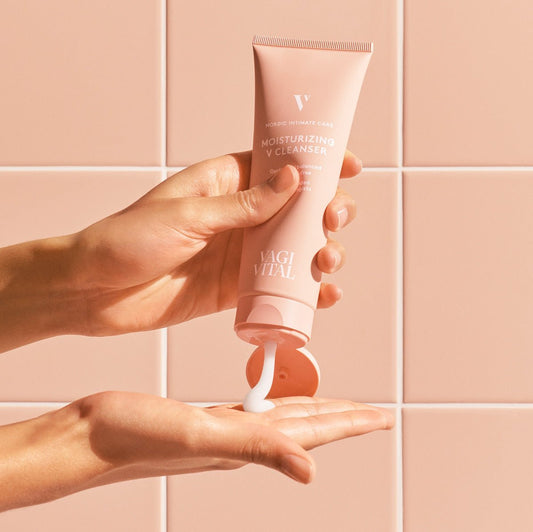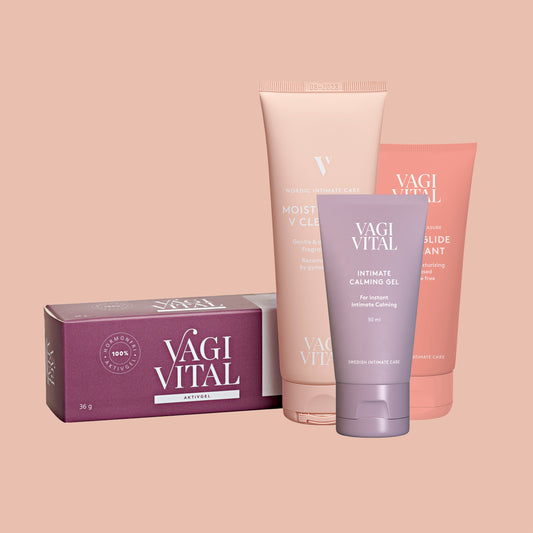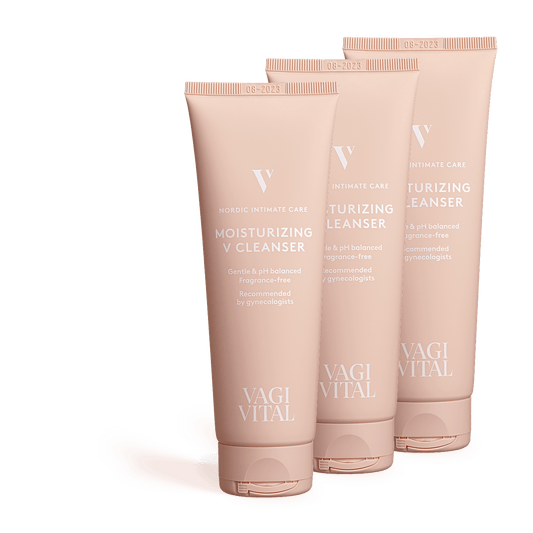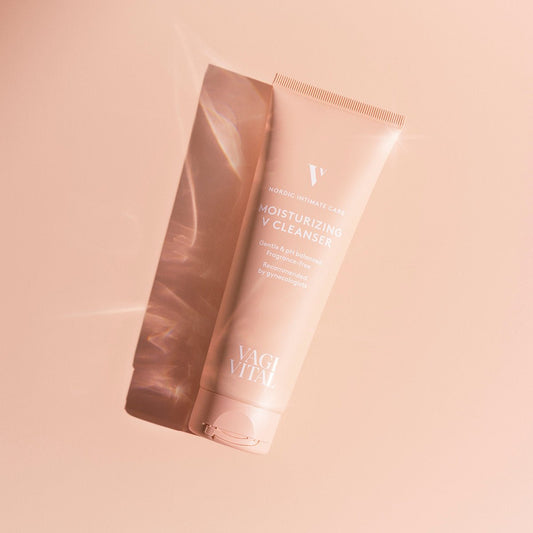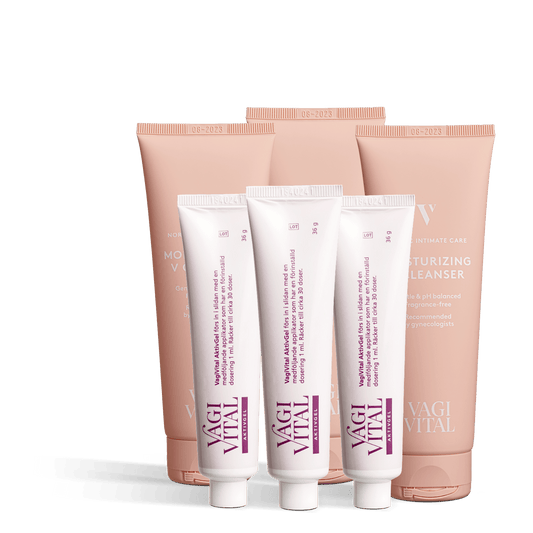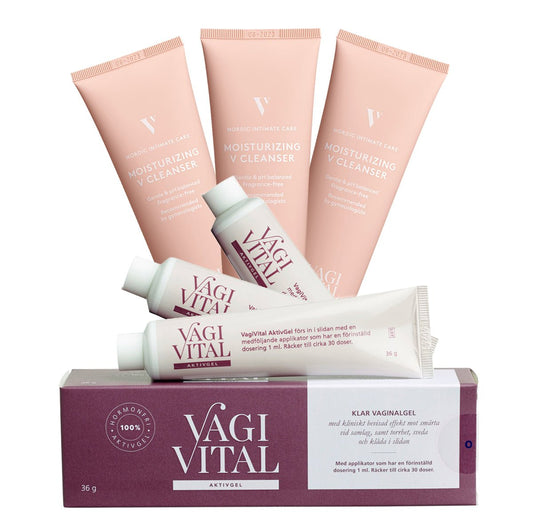Take Care of Your Labia ❤
They protect, sense, and carry us through life – yet they’re often forgotten in our personal care. Here’s everything you need to know about the inner and outer labia, their function, and why they sometimes need a little extra attention.
Labia are far from just folds of skin – they are important, sensitive, and complex parts of our anatomy. Still, many women barely think about them until something chafes, stings, or itches. So how do the labia actually work? What’s the difference between the outer and inner ones? And why do discomforts occur – especially during hormonal changes like puberty, pregnancy, or menopause?
WHAT ARE LABIA AND WHAT DO THEY DO?
The labia consist of two outer (labia majora) and two inner (labia minora) folds of skin that surround the vaginal opening, urethra, and clitoris. They’re not just for protection – they are rich in nerve endings and blood vessels and play a key role in sexual pleasure, moisture balance, and protection against infection.
🌷 The outer labia are covered in skin and hair, contain fatty tissue, and function as cushions and shields for the inner parts of the vulva.
🌷 The inner labia are thinner, hairless, and often more sensitive. Their appearance varies greatly from woman to woman – something completely normal, even though many have been led to believe otherwise.
WHAT SCIENCE SAYS ABOUT VARIATION – THERE IS NO “NORMAL”
A large 2011 study published in BJOG: An International Journal of Obstetrics and Gynaecology mapped the anatomy of healthy women and found that inner labia lengths ranged from 1 to 6 cm, and widths from 0.7 to 5 cm. The outer labia also varied widely in length, fullness, and symmetry.
There is an enormous range of what’s normal – yet many women live with the feeling that something is “wrong.” In a 2008 study published in the Journal of Psychosomatic Obstetrics and Gynaecology, over 30% of young women said they felt dissatisfied or concerned about the appearance of their vulva. Many said their idea of what labia “should” look like came from porn, edited images online – or simply a lack of knowledge.
Having inner labia that are longer than the outer ones, or having one side look different from the other, is completely normal. Despite this, the number of women seeking labiaplasty is rising – often for cosmetic rather than medical reasons. A 2011 report in BJOG describes how the trend follows increasingly narrow beauty ideals – quite literally.
We need more knowledge, more compassion, and more open conversations. Only then can we begin to release shame and feel at home in our bodies – exactly as we are. ❤
LABIA CAN CHANGE – AND THAT’S ENTIRELY NATURAL
During perimenopause and postmenopause, when estrogen levels drop, the inner labia can undergo changes. They may become thinner, shrink, change color, or in some cases partially fuse together. This is part of what’s known as GSM – Genitourinary Syndrome of Menopause.
Research shows: 🌸 GSM is common, affecting between 27% and 84% of postmenopausal women 🌸 Reduced estrogen causes changes in both skin and mucosa, making tissue drier, more sensitive, and fragile 🌸 The changes happen gradually and vary from woman to woman – and are completely natural
This is important to know – not to scare, but to empower. Changes in the vulva are hormonally driven and not a sign that something is wrong. ❤
WHEN SOMETHING FEELS OFF – COMMON ISSUES
The labia are sensitive to hormonal shifts, external stressors, and changes in the vaginal microbiome. Here are a few common symptoms:
🔥 Irritation, itching, or burning Can result from dry mucosa, contact allergies, or infections. Dry vulvar skin is particularly common during menopause, but younger women can also experience it – due to stress, shaving, soap, or tight clothing.
👉 If you’re experiencing these symptoms, try moisturizing with VagiVital AktivGel – a hormone-free, medical-grade gel clinically studied at Swedish university hospitals and proven effective for vaginal dryness.
Learn more & shop VagiVital AktivGel here
🔄 Hormonal imbalance Pregnancy, the menstrual cycle, and menopause all affect estrogen levels – which in turn can make the vulva’s skin drier, thinner, and more sensitive.
🧼 The wrong intimate cleanser can cause problems Regular soap can disrupt pH balance and dry out the delicate vulvar skin. That’s why it’s important to use a cleanser designed for the sensitive external genital area – mild, fragrance-free, and pH-balanced.
👉 VagiVital V Cleanser is 100% soap-free and so gentle you don’t even have to rinse it off completely. It cleanses gently while moisturizing – without disturbing the skin’s natural balance.
Shop V Cleanser here
YOUR VULVA NEEDS CALM – NOT JUST MOISTURE
It’s easy to think that a moisturizing cream will solve everything. But the skin on your labia sometimes needs more than hydration – it also needs calm and protection. Just like facial skin, the outer vulvar skin can react to cold, shaving, or stress – becoming red, dry, irritated, or itchy.
👉 That’s when VagiVital Calming Gel can be a thoughtful choice. This gel is specially formulated for the vulva – the external genital area – and helps soothe, hydrate, and protect the skin from dryness, itching, or irritation.
💜 Based on our clinically proven VagiVital AktivGel
💜 Contains glycine to soothe and strengthen the skin barrier
💜 100% hormone-free and fragrance-free
💜 Specifically designed for labia and external intimate skin
💜 Can be used alongside AktivGel for extra hydration
Learn more and shop Calming Gel here
A PART OF YOUR BODY THAT DESERVES CARE
It’s time to give your labia the care they deserve. They’re not just passive body parts – they are dynamic, sensitive, and essential for your sexual and physical health. Taking care of them is part of taking care of your whole self.
Your vulva is not just a place – it’s part of you. Treat it with the same care you would give any other sensitive skin.
💗 Cleanse gently
💗 Moisturize and soothe as needed
💗 Be curious, pay attention – and don’t be afraid to talk about what’s bothering you
👉 Why do your labia itch or sting – and what can you do about it? In our blog post “Why Your Labia Itch or Sting”, we go through five common causes of vulvar discomfort – and how to ease the symptoms.
Read the blog here
SOURCES
Lloyd J et al. (2005). Normative labial dimensions in women presenting for labioplasty. BJOG: An International Journal of Obstetrics and Gynaecology.
Goodman MP (2011). Female genital cosmetic and plastic surgery. BJOG.
Braun V, Tiefer L (2010). The "designer vagina" and the pathologisation of female genital diversity: Interventions for change. BMJ.
Kingsberg SA et al. (2017). Vulvar and Vaginal Atrophy in Postmenopausal Women: Findings from the REVIVE Survey. The Journal of Sexual Medicine.
Faubion SS et al. (2015). Management of Genitourinary Syndrome of Menopause in Women: A Clinical Practice Guideline. Menopause.
Take care of yourself & Stay Pussytive ❤
/Fanny Falkman Grinndal
Business Manager Nordics
Peptonic Medical AB
Recommended products for you
- Choosing a selection results in a full page refresh.
- Opens in a new window.
